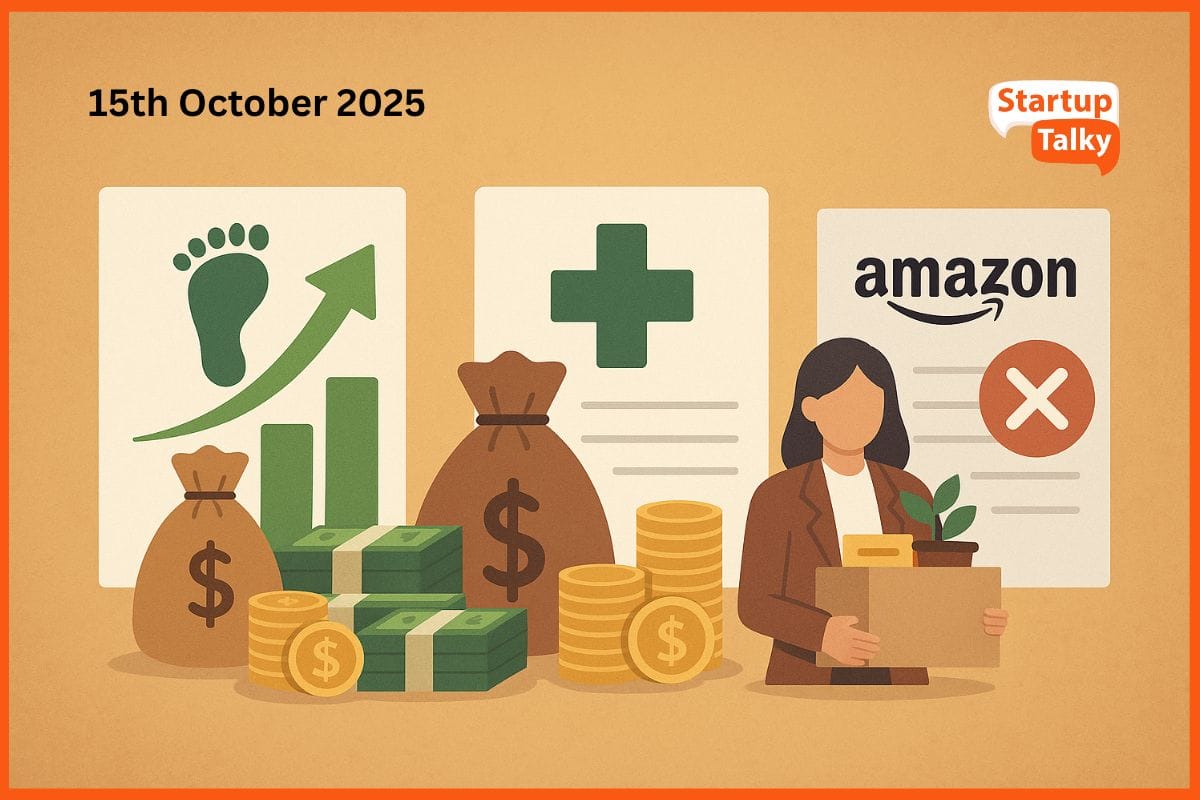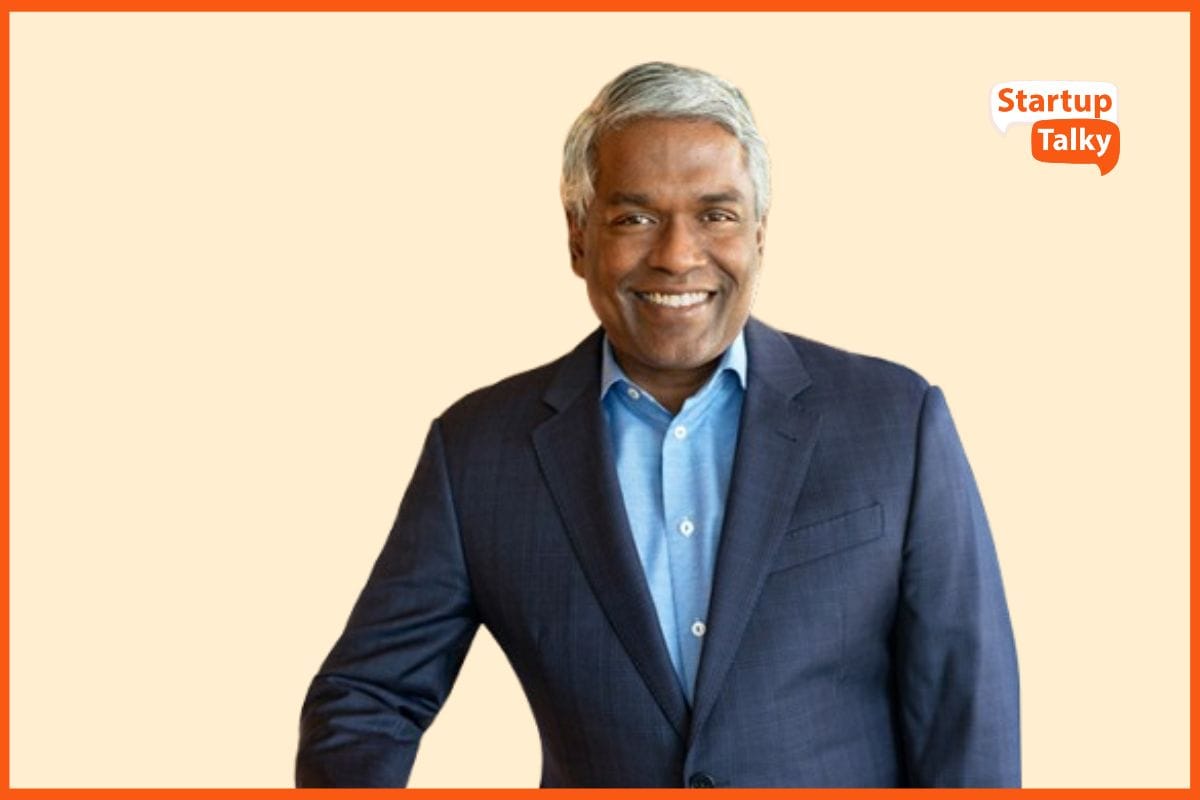Jio Financial Services Limited (JFSL) has posted strong growth in the second quarter of the financial year 2025-26, ending 30 September 2025, with consolidated total income rising to ₹1,002 crore, up 44% year-on-year. Net income from business surged fivefold to ₹317 crore, while profit after tax stood at ₹695 crore. The results reflect strong operational momentum across JFSL’s NBFC, payments bank, asset management, and digital financial services businesses.
Jio Financial Services Consolidated Financial Highlights for Q2 FY26:
- Net Income from Business accounted for 52% of Consolidated Net Total Income (ex-dividend), up from 14% in Q2 FY25
- NBFC Assets Under Management (AUM) reached ₹14,712 crore, up from ₹1,206 crore in Q2 FY25
- AMC AUM stood at ₹15,980 crore; maiden NFO for actively managed flexi-cap fund garnered ~₹1,500 crore
- Pre-provisioning Operating Profit: ₹579 crore, compared with ₹552 crore in Q2 FY25
- Profit After Tax: ₹695 crore, compared with ₹689 crore in Q2 FY25
JFSL, a digital-first financial services company catering to core financial needs, reported robust business growth and strong execution momentum in Q2 FY26, with Net Income from Business continuing its upward trajectory.
Net Income from Business comprises gross fee and net interest income from the NBFC and the payments bank; gross fee income from the asset management company; fee and commission income from the payment solutions and insurance broking businesses; and gross fee income from digital gold sales.
Consolidated Net Total Income (ex-dividend) is total consolidated income less finance costs on external borrowings, and includes total income from the AMC, fee and commission income from digital gold, and total income of the payments bank. JPBL was accounted for as an associate until 17 June 2025.
| Jio Financial Services Metric | Q2 FY26 | Q2 FY25 | YoY Change |
|---|---|---|---|
| Consolidated Total Income | ₹1,002 crore | ₹696 crore | +44% |
| Net Income from Business (NBFC, Payments Bank, AMC & Other Fees) | ₹317 crore | ₹65 crore | ~5x |
| Net Income as % of Consolidated Net Total Income (ex-dividend) | 52% | 14% | +38 pp |
| Profit After Tax (PAT) | ₹695 crore | ₹689 crore | +1% |
Focus on Growth and Consolidation
Even while pursuing risk-calibrated growth across businesses at various stages – six in incubation and five in scale-up the Company maintained a strong focus on unit economics.
Following Jio Payments Bank Limited (JPBL) becoming a wholly-owned subsidiary in June 2025 after acquiring SBI’s remaining shareholding, its financials are now fully consolidated with JFSL. Q2 FY26 marks the first full quarter of this consolidation; in Q2 FY25, JPBL was accounted for as a joint venture.
Products and Distribution
JFSL accelerated new product launches and expanded its omni-channel distribution network. In just 16 months since the JioFinance app launch, JFSL now has ~18 million unique users across its digital platforms.
Jio Credit Limited (JCL), the NBFC arm, reported 12x YoY growth in AUM, with traction across secured lending solutions spanning retail and corporate finance. The NBFC expanded its physical presence to 14 cities through 15 offices.
JPBL introduced Savings Pro, allowing auto-investment of idle liquidity into overnight mutual funds. It also entered the toll processing business, managing operations at 12 toll plazas on National Highways, including two barrierless plazas under the government’s MLFF project. JPBL’s Business Correspondent network grew to ~200,000, with a customer base of 2.95 million and a deposit base of ₹421 crore – both roughly doubling YoY.
Jio Payment Solutions Limited (JPSL) saw its Transaction Processing Volume rise 167% YoY to ₹13,566 crore. A new tap & pay contactless card payments service was launched in partnership with Mastercard, currently for a closed user group.
Insurance and Asset Management
Jio Insurance Broking Limited facilitated ₹347 crore in premiums and issued 2.9 lakh policies across life, health, and general insurance. Its Digital Point of Sales Person channel now spans 100+ cities across six states.
Jio BlackRock Asset Management Private Limited, a 50:50 JV with BlackRock, launched six funds, including its first active equity fund using BlackRock’s AI-driven Systematic Active Equity approach. The Flexi Cap Fund attracted ~₹1,500 crore through its NFO. The AMC now serves 150+ institutional and 635,000+ retail investors.
Technology and Analytics
All JFSL entities operate dedicated data lakes for real-time analytics. These support live machine learning models for precise customer targeting and product propensity, with intelligent, contextual architecture to deliver the right product to the right customer at the right time.
Hitesh Sethia, Managing Director and CEO, JFSL, said, “The significant growth in business income is a direct result of the initiatives taken over the last few quarters towards scaling up profitably, by pursuing a risk-calibrated growth strategy. Our expanding user base is a validation of the enthusiasm with which our offerings have been met in the market. As we design financial services of the future for all Indians, we are actively leveraging next-gen AI and analytics to position JioFinance as a trusted, intelligent, and simplified digital platform that delivers personalised, and fit-for-purpose products to each individual customer. The results of these efforts would become more pronounced over the coming quarters.”






